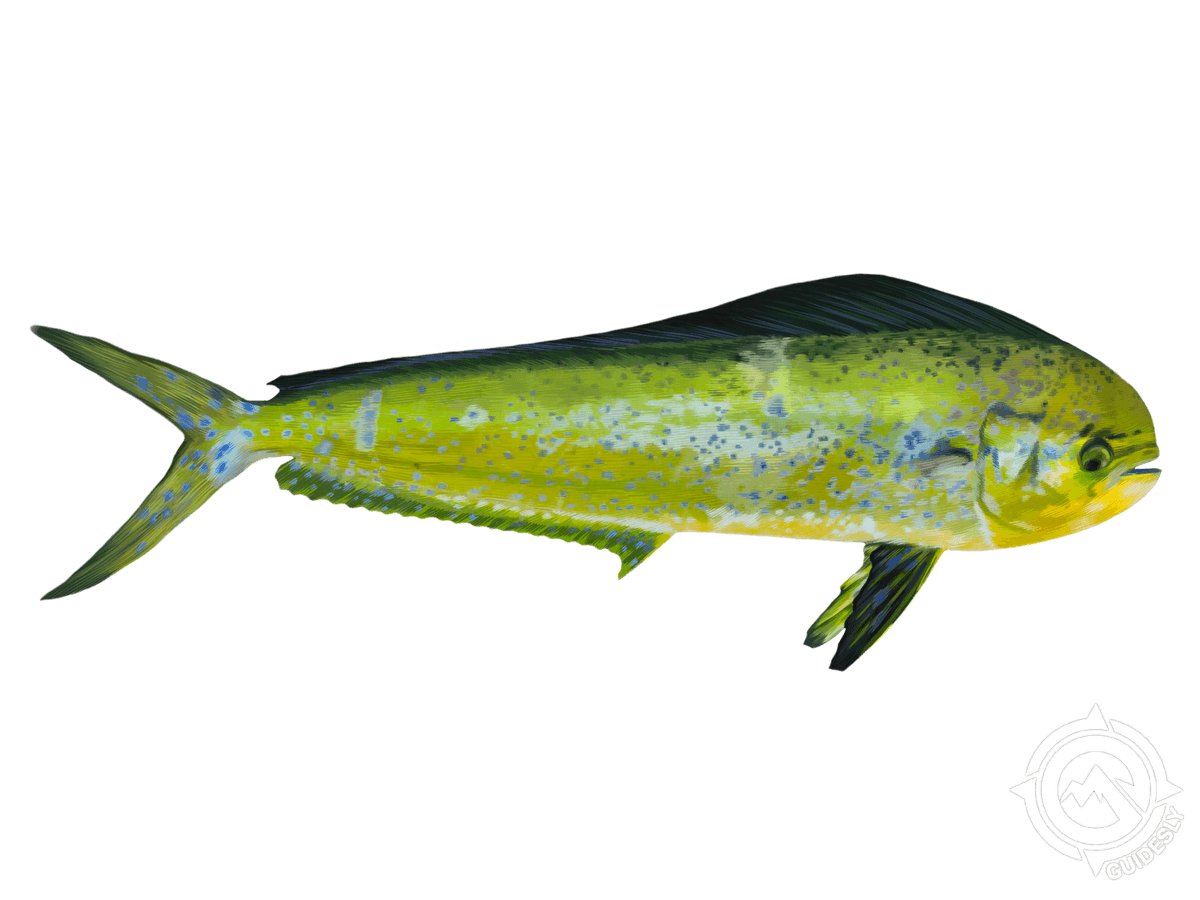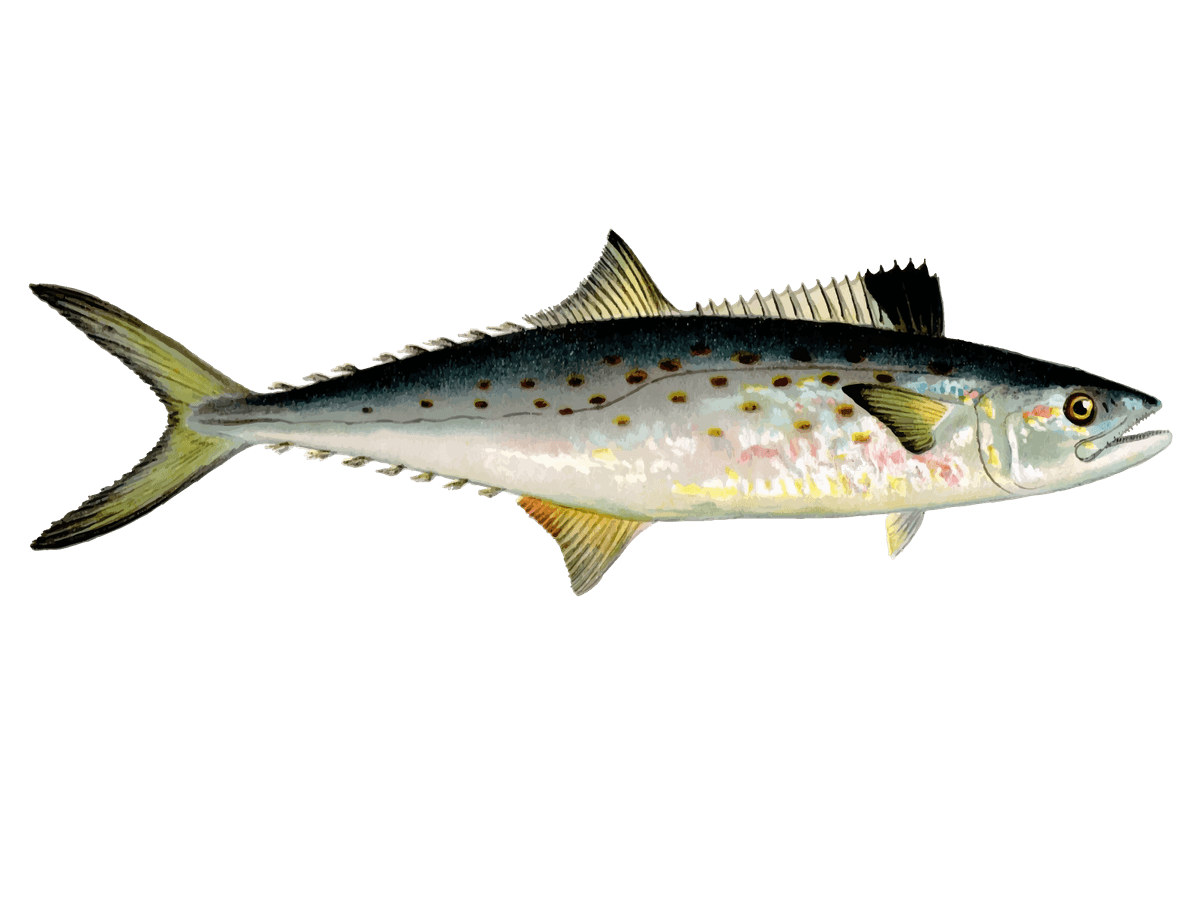Premium NC Offshore Fishing | 8-Hour Charter
- Published Date: July 17, 2025
- Fishing
- Topsail Beach, NC
- $75 - $1,750 price range
- Updated Date: September 22, 2025
Summary
%2F%2Fusers%2F3a7d1885-5754-4d72-a7bb-03742a524a75%2Fratecard%2Fimage92.png&w=1200&q=75)
Offshore Catch of the Day
Reel in Big Game on NC's Offshore Playground
Get ready for an action-packed day on the water with our full-day guided fishing trip off the beautiful North Carolina coast. We're talking serious offshore action here, folks - the kind that'll have you grinning from ear to ear as you battle trophy fish in the deep blue. Our seasoned captains know exactly where to find the hotspots for cobia, amberjack, and a whole host of other hard-fighting species. Whether you're a seasoned angler or just getting your feet wet, this trip is guaranteed to deliver some unforgettable moments and maybe even your new personal best catch.
What's the Deal with This Trip?
Picture this: You're cruising out past the breakers as the sun starts to climb, the salty breeze in your face and the promise of big fish on your mind. We kick things off in the nearshore waters, warming up on some smaller game before pushing further out where the real giants lurk. This full-day adventure gives us the time and range to really explore, hitting up all the prime fishing grounds within a 25-mile radius and beyond. We're talking about reefs, wrecks, and offshore structures that hold some serious fish. With a max of 4 guests on board, you'll get plenty of one-on-one time with our expert guides who'll share all their local know-how to maximize your chances of hooking into something special.
Fishing Tactics for Offshore Success
Out here, we mix it up depending on what's biting and where. We might start the day trolling for Spanish and king mackerel, using lures or live bait to entice these speedy predators. As we push further offshore, we'll switch gears for the bigger game. For amberjack and cobia, we often use heavy jigs or live bait on sturdy bottom-fishing setups. These fish fight like freight trains, so be ready for a workout! If we're lucky enough to find some mahi mahi, get ready for some fast-paced casting action with light tackle. Our boats are kitted out with top-notch gear, but feel free to bring your own if you've got a lucky rod.
Straight from the Anglers' Mouths
"Captain Phil was awesome. Went above and beyond to make the trip awesome. Will definitely book again" - JESSICA
The Big Fish Lineup
Spanish Mackerel: These zippy little fighters are a blast on light tackle. They're fast, they're abundant, and they make for some tasty eating. We usually find them closer to shore, often in big schools that'll keep your rod bent all morning. Spring through fall is prime time for Spanish mackerel, with peak action in the summer months.
King Mackerel: The bigger, badder cousin of the Spanish mackerel, these toothy predators can top 50 pounds. They're known for blistering runs that'll have your reel screaming. Kings typically show up in late spring and stick around through fall. Trolling with live bait or big spoons is the ticket here.
Mahi Mahi: Also known as dolphinfish, these acrobatic beauties are a favorite among our guests. They're not just gorgeous to look at with their electric blue and gold colors - they're also delicious on the plate. Mahi start showing up in late spring and provide exciting action through the summer. When we find a school, it's often non-stop action casting light lures or flies.
Greater Amberjack: AJs are the bulldogs of the ocean. These powerful fish hang around wrecks and reefs, and when you hook one, you'd better hold on tight. They can top 100 pounds and will test every bit of your strength and stamina. We target them year-round, but spring and fall often see the biggest specimens.
Cobia: These curious fish are often called "crabeaters" due to their diet, but don't let that fool you - they grow big and fight hard. Cobia can reach over 100 pounds and are known for their powerful runs and stubborn fights. They migrate through our waters from late spring through summer, often following rays or hanging around buoys and channel markers.
Ready to Get Your Fish On?
Listen, if you're looking for a day on the water that'll give you stories to tell for years to come, this is it. Our full-day offshore trip is the real deal - no tourist traps or half-hearted fishing here. We're talking about the chance to tangle with some serious game fish in one of the most productive fisheries on the East Coast. Our captains eat, sleep, and breathe this stuff, and they're itching to share their passion with you. So what are you waiting for? Grab your spot on the boat, and let's make some fishing memories that'll last a lifetime. The big ones are out there waiting - let's go get 'em!
Customer Review
Capt Phil Rocks

JESSICA THOMAS
May 27, 2024
Learn more about the species
Cobia
Cobia are the oddballs of the offshore world. These curious fish average 30-50 pounds but can top 100. You'll often spot them near the surface around buoys, wrecks, or even swimming with rays and sharks. They show up in our waters from late spring through fall. Anglers love cobia for their strange looks, powerful fights, and excellent meat. To catch one, sight-fishing is popular - look for their distinctive shape near the surface and cast a live eel or large jig. Here's a local trick: if you see a cobia, don't spook it. They're often surprisingly calm around boats. Make a careful cast, and be ready - when they decide to eat, they hit hard and run fast. Cobia have small teeth, so a heavy fluorocarbon leader works fine.

Greater Amberjack
Greater Amberjack are the heavyweights of the reef. These bruisers average 30-50 pounds but can top 100. You'll find them around offshore wrecks and reefs in 60-240 feet of water. They're here year-round, but spring and fall see the best action. Anglers target AJs for their brutal strength - they're like hooking a freight train. Pound for pound, they're some of the hardest-fighting fish in the ocean. To catch one, drop live bait or heavy jigs to the bottom. Be ready for a battle - AJs will try to break you off in the structure. Pro tip: when you hook up, get the fish's head turned up fast. If they get back to the wreck, you're usually done for. These fish are good eating but can carry ciguatera in some areas, so check local advisories.

King Mackerel
King Mackerel, or "Kings", are the big cousins of Spanish Mackerel. These powerful fish average 20-30 pounds but can top 100. Look for them in deeper waters, 30-150 feet, near reefs and wrecks. Kings are migratory, showing up off North Carolina from spring to fall. Anglers prize them for their blistering runs and aerial displays when hooked. They're also great eating, with firm, flavorful meat. To target Kings, slow-troll live bait like menhaden or blue runners. A wire leader is a must - their razor-sharp teeth will slice through mono. Pro tip: when a King hits, let it run for a few seconds before setting the hook. This gives the fish time to turn the bait and get it in its mouth, improving your hookup ratio.

Mahi Mahi or Common Dolphinfish
Mahi Mahi are the beauty queens of the offshore world. These colorful fish average 15-30 pounds but can reach 50+. You'll find them in blue water, often around floating debris or weed lines. Summer and early fall are peak seasons as warm currents push in. Anglers love Mahi for their acrobatic fights, stunning colors, and excellent table fare. They're also one of the fastest-growing fish, which makes them a sustainable catch. To land one, troll with ballyhoo or artificial lures near structure. Once you find a school, they'll often stick around the boat. Here's a local secret: toss out a live bait on a flat line while you're fighting one - Mahi travel in groups, and you might hook a double!

Spanish Mackerel
Spanish Mackerel are speedy swimmers that'll give you a run for your money. Typically 1-2 feet long and weighing 2-6 pounds, these streamlined fish are known for their silver bodies with yellow spots. You'll find them in schools near the surface, often around inlets and nearshore waters. Late spring through fall is prime time, as they migrate north along the coast. Anglers love 'em for their fast, acrobatic fights and tasty meat. To catch one, try trolling with small spoons or jigs that mimic their favorite prey - small baitfish. A local tip: when you see birds diving, there's a good chance Spanish Mackerel are feeding below. Cast into the frenzy and hold on tight - these fish hit hard and run fast!

%2Ffit-in%2F250x250%2Fguide_websites%2F950%2Fimages%2Fpng_horizontalblack.png&w=1200&q=100)


%2Fusers%2F3a7d1885-5754-4d72-a7bb-03742a524a75%2Fimages%2Fhampstead-fishing-adventure-2624.jpg&w=768&q=75)
%2Fusers%2F3a7d1885-5754-4d72-a7bb-03742a524a75%2Fimages%2Fbig-spanish-mackerel-nc-2647.jpg&w=768&q=75)
%2Fusers%2F3a7d1885-5754-4d72-a7bb-03742a524a75%2Fimages%2Fgreat-fishing-hampstead-3044.jpg&w=768&q=75)
%2Fusers%2F3a7d1885-5754-4d72-a7bb-03742a524a75%2Fimages%2Ffishing-hampstead-pond-3082.jpg&w=768&q=75)
%2Fusers%2F3a7d1885-5754-4d72-a7bb-03742a524a75%2Fimages%2Ffantastic-fishing-in-nc-2668.jpg&w=768&q=75)
%2Fusers%2F3a7d1885-5754-4d72-a7bb-03742a524a75%2Fimages%2Fthree-spanish-mackerel-hampstead-2659.jpg&w=768&q=75)
%2Fusers%2F3a7d1885-5754-4d72-a7bb-03742a524a75%2Fimages%2Fspanish-mackerel-hampstead-fishing-3127.jpg&w=768&q=75)
%2Fusers%2F3a7d1885-5754-4d72-a7bb-03742a524a75%2Fimages%2Fanglers-in-hampstead-2822.jpg&w=768&q=75)
%2Fusers%2F3a7d1885-5754-4d72-a7bb-03742a524a75%2Fimages%2Ffisherman-big-catch-nc-3108.jpg&w=768&q=75)
%2Fusers%2F3a7d1885-5754-4d72-a7bb-03742a524a75%2Fimages%2Fbeautiful-fishing-nc-3025.jpg&w=768&q=75)

Captain Phil was awesome. Went above and beyond to make the trip awesome. Will definitely book again